The pen is a daily necessity that is needed everywhere. From school-college, university to office-court, home, shops, markets, everywhere, the pen is a very important object. The pen also has a touch of modernity keeping pace with the times. Mobile or laptop hand in hand with the advancement of technology, computers are doing a lot of pen work, it is said that the demand or need for pens has not decreased so much.
This ever-needed pen was not discovered overnight. There is a long history behind its discovery.
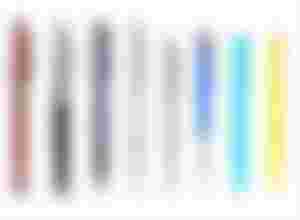
The history of the pen is about 5 thousand years old. It is thought that the ancient Egyptians were the first to use the pen. At that time, of course, there was no paper as smooth as it is today. At that time writing was done on the leaves, bark and skin of various trees. They used reeds, arrows or bamboo, bamboo twigs or hollow pieces as pens. These pieces were cut like a pen and pointed. The pointed part was dipped in ink. The ink was also prepared by the sap of different plants and a variety of natural ingredients.
Reed pens have been used for a long time. After a long time, around the 5th century, bird feathers took the place of twigs or reeds. Swan feathers were the main material for making pens of that era. The feather head was finely pointed to facilitate writing.
History of Discovery
In ancient times, when people lived in caves in the mountains, they used to draw pictures or scribbles on the walls of the caves to express their thoughts. In many cases, the juice of the leaves of the tree or the blood of the victim was used to cut the drawing. Many centuries later, when man began to become somewhat civilized, mud began to be written on clay or soft stone.
It is thought that the ancient Egyptians were the first to invent the pen. They read and write something like a copper nib or metal on the tip of a stick. The Greeks started writing about 4,000 years ago. They made pens with ivory or something like that. Whose name was Stylus. That is why the type of writing is still called style. Meanwhile, after the Middle Ages, when the paper industry flourished, the widespread use of bird feathers began.
There are many ancient pens that are now only decorated in museums. Let's learn about some of these pens.
Stylus
Stylus was a kind of bronze stick special. This type of pen was often made by attaching bronze rods to ivory. The bronze spear costume was named Stylus. That is why the current type of writing is called style. History has it that Julius Caesar himself used this pen. He hit Kaska with this pen. The Greeks used this pen about four thousand years ago.
Ashes pen
Reed is a kind of grass plant. It is often called reed. This pen was made by cutting one side of the reed. The length of this pen was 5 to 6 inches. Its writing style is a lot like that of Quill. The space in the middle was filled with ink. Once the ink was filled, several pages could be written effortlessly. At that time there were different types of pens.
Forest tree pen
Reed or reed is a type of plant that looks a lot like a bamboo twig. It was usually called forest reed because it was born in a forest. In our country, a lot of reeds still grow in rural areas. This pen was once used made from forest trees. There is no empty part in the middle of this reed. It was filled with a kind of absorbent substance.
That's why if the forest pen was dipped in the ink prayer for a while, it could absorb the ink. Its stem is hollow, much like the sponge tip of the inside of the pen we use to draw stains on different colored notebooks. Then writing was done with it. When the ink was finished, it was dipped in prayer again.
Bamboo twig pen

There was a time in the history of evolution of pens when pens were also made with bamboo twigs. Bamboo twig pens were used in contemporary forest pens. Its use was noticed even a short time ago. The bamboo twigs were cut 5 to 6 inches long and one end of it was sharply pointed. The space in the middle of the twig was filled with writing. When the ink ran out, the ink was refilled.
Quill or feather pen
A pen made of bird feathers is called a quill. This type of pen is usually made by the feathers of a swan or a large bird. Quills were the most popular before the advent of nib pens and shower pens. For the purpose of making this pen, 5/6 feathers on the last wing of the bird were removed during spring. Generally, the left wing feathers of birds were used more. Because, these are slightly curved from left to outside, which makes it easier for right-handed writers to use. The hollow part in the middle of the feather acts as a kalidani. Ink was circulated in the process of capillary management. Quill pens became very popular in the Middle Ages. In the Middle Ages it was written on parchment or leather paper with this pen. With the advent of feather pens or quills, the use of reed pens has come down considerably. Then at one stage the reed pen became extinct.
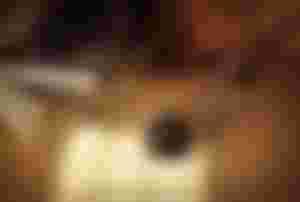
Quill also had several problems. This pen needed to be replaced every week and it took a lot of time and effort to make it. Moreover, not everyone could make it without skilled people. Peacock pens were adorned with precious silver or copper ink pots in the court of kings and emperors. Even a few decades ago, the feather pen used to adorn the houses of office-courts and elite amateurs. But now it is not seen so much.
Nib pen
This pen was usually made by attaching a metal nib to the wooden handle. Its nib looks like a fountain pen, but it has no ink storage. Since there was no kaldani, it had to be dipped in ink before each writing. The advantage of this pen over the fountain pen is that it can use thick ink and metallic ink. If you use thick ink in the fountain pen, it freezes and gets stuck. In some cases the use of nib pens is still seen. This pen is mainly used for calligraphy, decoration and drawing comics.
Ink pen
The use of this pen has been traditionally observed among Asian calligraphers in general. Such a pen is called a brush. The main part of the pen was usually made of bamboo. In some cases rare materials such as red sandalwood, ivory, gold, silver, etc. were also used. The brush on the top of the pen was made from the feathers of different birds or the fur of different animals. This brush was once made from the hair of newborns in China and Japan.
The history of the modern pen
Modern pens have a long history of making. The first modern pen was invented in England in 1780. Then in 1884 Waterman discovered the fountain pen. At that time its nib was made of 14 carat gold and the tip was made of iridium. Then fountain pens started to be made in different countries besides England. Ballpoint pens or ballpoint pens were made in the twentieth century. The first ballpoint pen was invented on October 30, 1988. John Loud, a newspaper editor, was the first to invent the pen. However, his discovery was recognized. In 1943, ballpoint pens were marketed by Ladieslas Biro and his brother George, and the invention was recognized.
Shower pen or fountain pen
The world's first fountain pen was invented in 953. Egyptian Emperor Ma'ad al-Mu'ayz thought of inventing a pen so that his hands and clothes would not be damaged by ink. That's when this pen was made. Many think that the fountain pen was translated into Bengali by Rabindranath Tagore.

This pen is written with the help of nib by water based liquid. The ink in the ink inside the pen comes out through the capillary management process and gravity. The ink comes out with a thin crack. When the ink runs out in the inner kaldani, the ink is refilled from the doyat.
The invention of the fountain pen is an unprecedented achievement in the history of the evolution of the pen. Because none of the pens that have been discovered before have been as effective as the fountain pen. Once this pen was filled with ink, 8 to 10 pages could be written continuously. Nowadays fountain pens are more modern. Its ink filled cells are available to buy separately. And you can write with a cell for a long time. Writing with a fountain pen does not require much pressure. It is possible to write with this pen very easily.
Felt tip pen or marker pen
This pen has a sponge-like tip made of fibrous material. Can be written on paper with thin and fine dagger pens. The medium-sized pen is used by children to draw. The writing is done on whiteboard or wood board with a pen with a large tip. The ink on all the marker pens that are commonly used for writing on kids and whiteboards is temporary. Some markers are used for packaging and writing on invoice boxes.
History of Ballpoint Pen
The invention of the ballpoint pen was in the late nineteenth century. At this time in 1988, the American inventor John Loud made a special kind of ball pen. He put a vortex in the mouth of the pen's nib which kept spinning while writing and the ink would come out. Liquid ink was kept in a small hole in this pen. From there the ink would come down to the head of the pen. Roller ball tip was attached to the head. It supplied ink through rotation. It is said that people got the idea of ballpoint pen for the first time from the hand of John Loud. The world did not recognize his invention because it did not focus on commercial production alone.

In the 30 years since John Loud's discovery, patent applications for about 350 pens have been accepted, but they have not been very popular. Because, every time there was a problem with the ink. If the ink was more liquid, it would leak out through the gap of the ball, and if it was too thick, the required amount of ink would not come down while writing
About 50 years later, two Hungarian brothers appeared with the same technology. Ladislas Biro was an editor of a Hungarian newspaper. Who made this pen with the help of his brother George. George was a chemist. At that time the atmosphere was being created for the Second World War. As a result, they left the country before marketing their invented ballpoint pen. He fled to the Latin American country of Argentina. There the patent was obtained, and Biro and his brother sold the license to the famous French businessman Bick to market the technology at exorbitant prices.
In 1943, they set up a ballpoint pen factory in Argentina. However, America is credited with discovering a truly functional ballpoint pen by correcting some of the flaws left in this pen. After World War II, Milton Reynolds, a sailor from Chicago, brought several types of Biro ballpoint pens from Argentina to the United States, and the remaining defects in the ballpoint pens made by the Biro brothers were removed by hand.
Since then, the production and marketing of ballpoint pens has been in full swing. Very quickly this pen spread worldwide. At the time, though, buyers had to pay 12.5 for a ballpoint pen. The day is now celebrated around the world as Ballpoint Day, as they filed their patent applications at the European Patent Office on June 10, 1943. Interestingly, the pen we know as the ballpoint pen is still known as the biro pen in England.
The way modern ballpen works
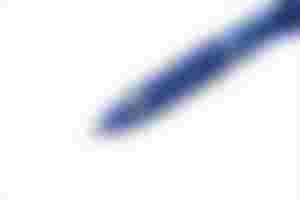
The application of science in the manufacture of pens is quite remarkable. The technology of releasing ink in the same vein is but scientific. And as this system is improving day by day, its popularity is increasing. Refill ink is not as thin as ordinary ink, but rather it is sticky. The upper bouts featured two cutaways, for easier access to the higher frets. The lower bouts featured two cutaways, for easier access to the higher frets. But a ball-like round metal substance that is inside the socket prevents it from coming out.
If the pen is moving while writing, the ball keeps spinning in the socket. The ink on the inside of the ball is smeared with ink while writing. As soon as you press on the paper, the writing emerges, word after word is being written. The pen moves forward, the part of the ball that is not inked on the paper comes in again when the ink comes in. In this way, it continues to rotate without any hindrance. As a result, the ink applied on the face of the ball does not dry out. When the writing is over, its working method is also over. In other words, when the rotation of the ball stopped, the ink stopped coming out. There is no fear that the ink will dry out as the refill mouth is closed. Current modern ballpoint pens work in exactly this process.
Thanks for reading this article for so long.
If you like it Upvote Can give.
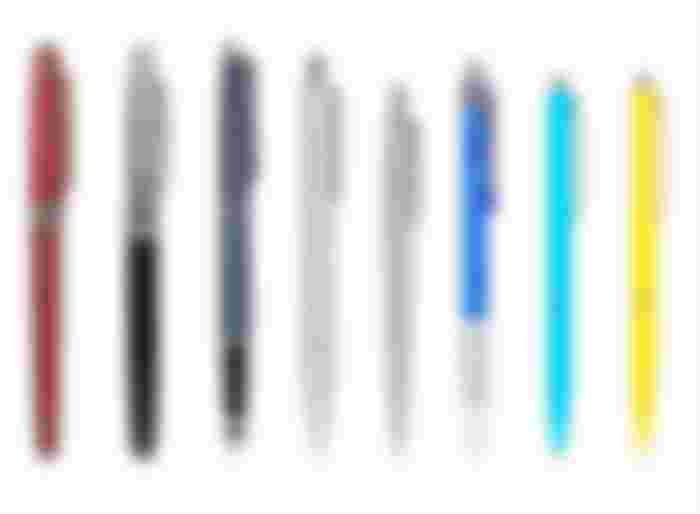

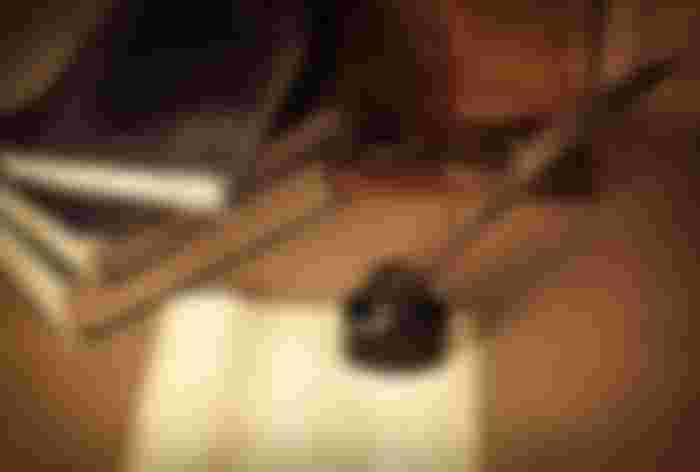
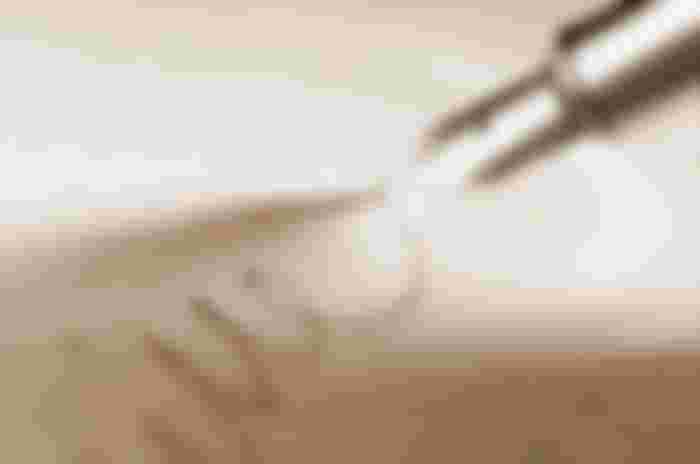
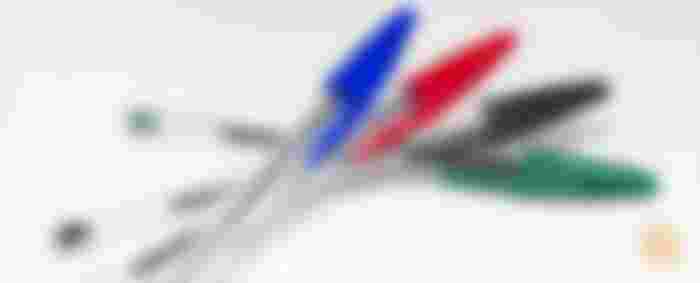
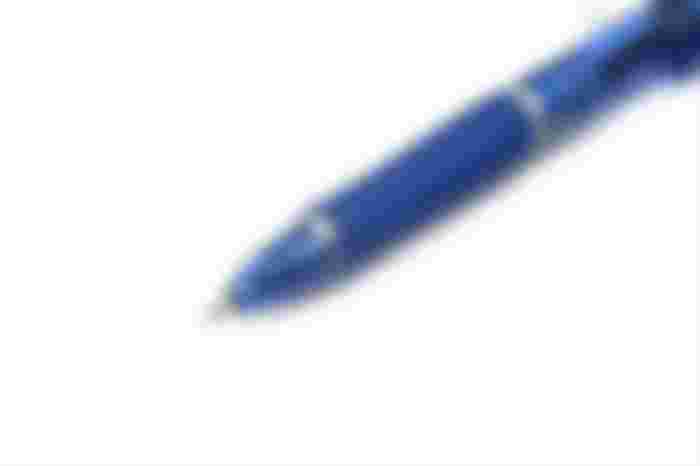
Thanks for sharing the origin of what I use everyday. Smiles